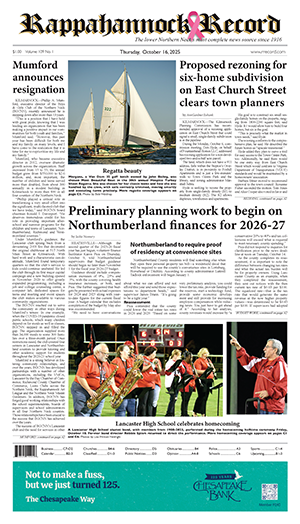As the Russo-Ukrainian War approaches the three-and-a-half-year mark, the parallels between this war and the Russian participation in the First World War are becoming increasingly stark. In 1914, when the Russian Empire went to war with Germany and Austria-Hungary, hubris dominated the atmosphere, but less than four years later, the Empire was no more.
Russia had nothing to gain from entering the “Great War” and everything to lose. In 1916, as the war effort progressed, V. I. Lenin wrote a book, Imperialism, The Highest Stage of Capitalism, in which he delineated the Marxist analysis of how the capitalist system could be brought down, to be replaced with communism. By that time, the Russian war casualties had mounted to the extent that the failure to succeed militarily had permeated the consciousness of the population as they continued to sustain horrendous losses.
Moving forward to 2025, reports vary as to numbers of casualties during the current war, but they could be in the range of 250,000 killed and many more wounded, as described in an analysis by the Center for Strategic and International Studies. Russia has a population of 133 million, which means that hundreds of thousands of individuals know people who have been killed or wounded.
The plan to knock Ukraine out in three days and re-incorporate its territory into “Greater Russia” clearly has not worked. The press censorship in Russia makes gauging the extent of opposition to the war difficult to estimate, but popular resentment to the losses is continuing to mount.
Russia’s attempt to resubmit Ukraine to its hegemony is a modern adaptation of the social myth that has permeated and directed Russian policy for over five centuries, namely that Moscow is the Third Rome, the ‘Mother of the Slavs,” and thus entitled to gather all the Slavic nations together under its wingspan. Attendant to the implementation of this philosophy is the consistent effort at Russification, specifically the drive to make the other peoples over whom Russia rules, Russian.
The practice began in the tsarist period, and continues today, stripped of the pseudo-religious cloak worn in imperial times, but still vibrant in its aspiration to gather the Slavs under the Russian motherhood. As China is forcing Tibetan children to learn Mandarin rather than their native language, Russia is trying to force captured Ukrainian children to learn and speak Russian rather than Ukrainian.
In addition to the re-gathering of the Soviet diaspora, Russia wants to retake Ukraine because of its vast agricultural capacity to feed millions of people from its rich grasslands. Ukraine is the lynchpin in rebuilding the former Soviet empire, which is Russia’s abiding goal, and once it is taken, the three Baltic countries of Estonia, Latvia and Lithuania are the next low-hanging fruit.
In November 1917 when Lenin and the Bolsheviks came to power, replacing the Provisional Government that had replaced the Tsar in March, Russia withdrew from the War by the Peace of Brest-Litovsk the following year, thereby losing one million square miles of territory, which Lenin, Stalin and their successors then worked to retake until the collapse of the Soviet Union in 1991, leading to the renewed effort to rebuild the former empire that continues to this day, specifically in Ukraine.
Ukraine was never a threat to Russia, but Russia always has been a threat to Ukraine. Moscow is not the Third Rome, despite its centuries of purported pretensions. In 1914, foolhardy leadership led to the demise of Imperial Russia, all at the cost of millions of lives and suffering along with incalculable property losses.
Today, we are witnessing Russian history repeating itself, having failed to profit from the lessons of the past, plunging into the abyss of chaos, devoid of the prospect of a salutary conclusion. Pyrrhic victories, even if they do materialize, never are worth the human price paid.







